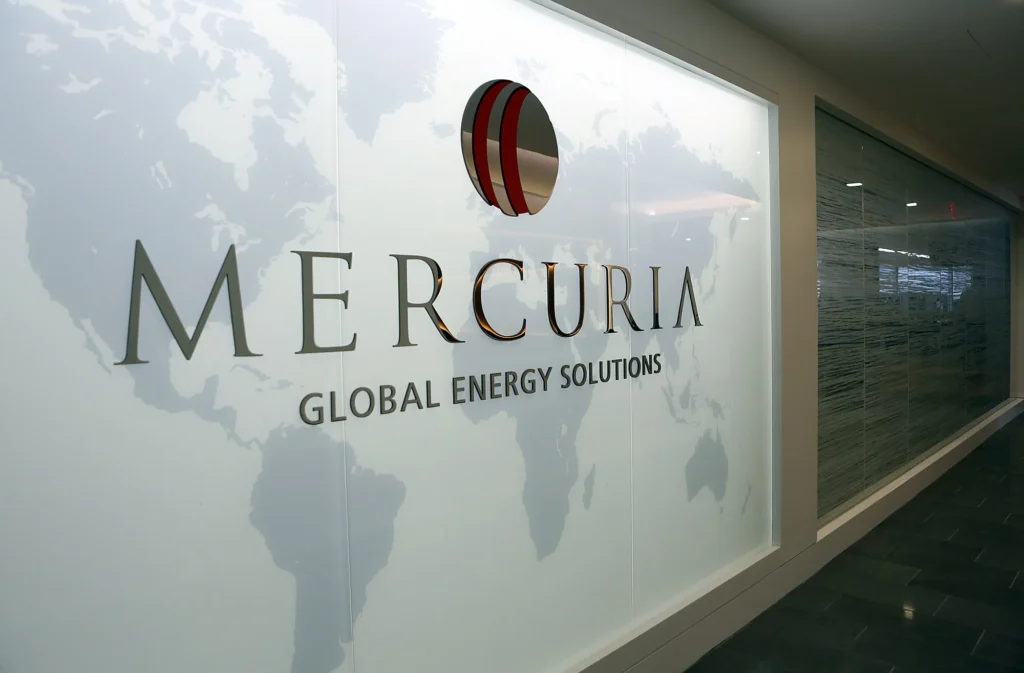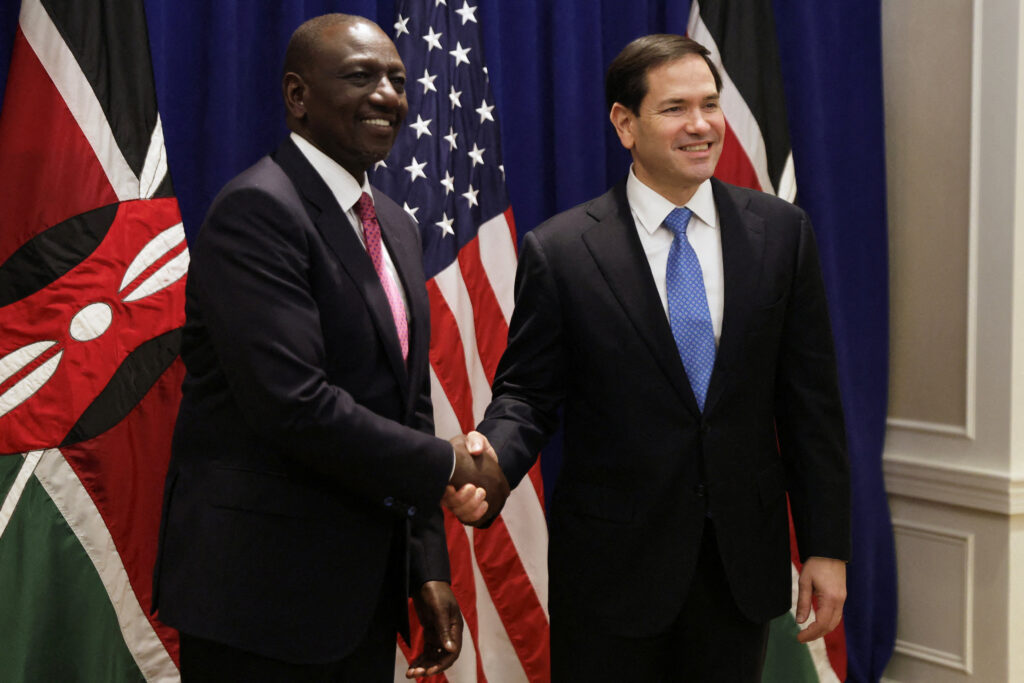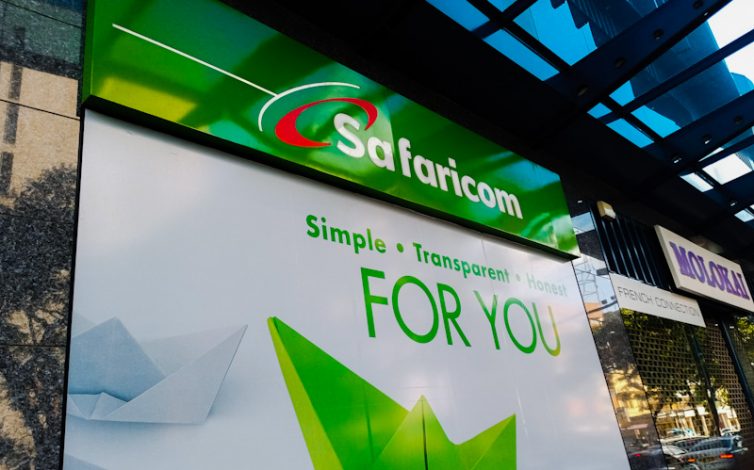
The African Development Fund (ADF) plans to raise $5 billion from global capital markets every three years starting in 2027.
This strategic shift comes as traditional donor support, particularly from the United States, faces sharp reductions, threatening the fund’s replenishment goals.
Since its creation in 1972, the ADF has disbursed $45 billion in concessional loans to 37 of Africa’s lowest-income nations.
The United States remains the fund’s largest cumulative donor, but the Trump administration has proposed slashing $555 million in future contributions.
Valerie Dabady, head of Resource Mobilization and Partnerships at the African Development Bank (AfDB), said the fund aims to diversify financing sources by entering debt markets.
She emphasised that achieving this would require a charter amendment, a process now underway to pave the way for credit rating and bond issuance.
The move follows a December 2022 decision by the AfDB board to review ADF’s funding model, anticipating geopolitical challenges that now threaten donor reliability.
Dabady called the timing of the review “prescient,” noting that the global context has intensified the urgency to access market-based financing tools.
The AfDB, headquartered in Abidjan, has long accessed international markets, and ADF’s pivot marks a significant expansion of that approach.
The next replenishment cycle begins in November, with initial goals set at $25 billion—nearly triple the $8.9 billion secured in the last round.
Dabady acknowledged the original target is no longer feasible due to economic constraints and shifting global priorities, but reaffirmed the bank’s commitment to innovation in securing development funds.




